

Short Version: MAG introduces 256 player games into the FPS genre and backs it up with interesting first person shooter gameplay with only a few minor flaws.
Game Rant’s Alex Sebenski reviews MAG
The release of MAG brought with it the promise of a bigger, more strategic and realistic war simulation first person shooter. 256 players in one game is just fantastic enough to make the average gamer question if such a thing can actually work.
Games with four to eight characters often fall victim to high ping causing rubberbanding (where a character disappears and reappears where they were at a previous time), server disconnects or some other manifestation of lag. After a week of play, we can safely say that whatever they did to make a game that could handle a server of 256 players, it worked. Only once did we encounter an enemy that seemed to rubberband resulting in missed shots and our death but mostly you can proceed through a game without noticing any type of lag. Just like any other game, MAG suffers from the occasional disconnect which cause you to forgo any rewards from the ongoing battle but it seems to be somewhat of a rarity.
Others worried that 128 players could be difficult to organize and force to work towards a single objective. Through an easy to use command system and experience point bonuses for working towards objectives specified by your commanding officer, the game ensures that it is in the best interest of players to help your squad and not be a lone gunman.
Gameplay and Story
To begin the game, your soldier is thrown into 2025 where “world peace” has been brought by the high price of army upkeep and a global treaty that forces countries to keep their armies within their own borders. Capitalism comes to the rescue and war becomes a privatized industry. The Private Military Corporations are hired by world governments to complete military contracts but the companies eventually began competing on more than just price attacking each others’ tactical assets in order to gain the edge on the ability to perform certain contract jobs, and thus began the Shadow War.
The story isn’t absolutely captivating but knowing that the game didn’t have a single player campaign I didn’t really expect Shakespeare. The Shadow War explains the secluded battle locations and objectives and comradery within the PMCs (private military contractors) is common. Bonuses are given to the PMC that has “earned the contract” related to a certain game type, which are relatively small experience point boosts, or leadership bonuses. Navigating the menus and hearing the same mission briefing from the same voice actor every time you select a gametype takes away from the any realism you may have felt originally, and eventually gets mildly annoying. The upside to the menus is that the soundtrack for the game was composed by Apocalyptica, so the repeating menu tracks, as well as the in game music is a pleasure.
The game succeeds at feeling like a much larger scale battlefield as you hear the echoing bullets and see tracer fire off in the distance. Often other games would put that sort of thing in to fake the feeling of a much larger battle, but in MAG that gun fire is coming from actual people working towards an objective similar to your own. At the same time, the game doesn’t become overwhelming with so many people at once. The maps are large and spawn points and objectives are spread out appropriately making it a game of many smaller battles working towards one overall objective.
You choose one of the three PMCs for your character to sign up to fight for, and you’re stuck with them until you reach level 60. Once you reach level 60, you can choose any of the three PMCs to sign up for starting back at level 1 but keeping all your achievements. Once recruited you can customize your five equipment load-outs which you can choose between at the beginning of the game or while you wait to respawn between deaths. Load-outs have a max-weight allowing you to only carry so much gear so you have to pick and choose to meet your specific needs and play style. When you’re ready you choose a game type to participate in and join the queue waiting for the next game to start. While you wait to join you can still navigate all the menus and it will automatically join. Wait times have never really exceeded a minute or two.
The experience system is responsible for players gaining new skills, new equipment, new gametypes to play, and new responsibilities. Players gain experience by performing certain acts. Killshots, assists, healing, repairing and objective captures all gain experience of varying amounts. Experience is doubled when these acts are completed near the objective set by your squad leader. Equipment and skills are purchased with skill points, one of which is earned with each level of experience gained.
The game plays like any other first person shooter. A reticule to aim that reacts when shots are landed. Radar is in the corner of your HUD which is only activated when enemies make noise by running or shooting. Allies are tagged in blue and enemies, once revealed, are tagged in red. Ally and objective tags appear superimposed in your vision. Shooting an enemy will usually down them, giving medics a limited amount of time to resuscitate them. Downed enemies can be dealt damage and finished off. Sniper headshots, grenades, or dealing enough damage to a standing enemy can kill them outright forcing them to respawn. Resuscitating teammates is important to continue forward progress on a map instead of members of your squad sometimes being forced to run across most of the map before they reach the front lines again.
Click to continue reading the rest of Game Rant’s MAG Review…
Continued:
« 1 2 »

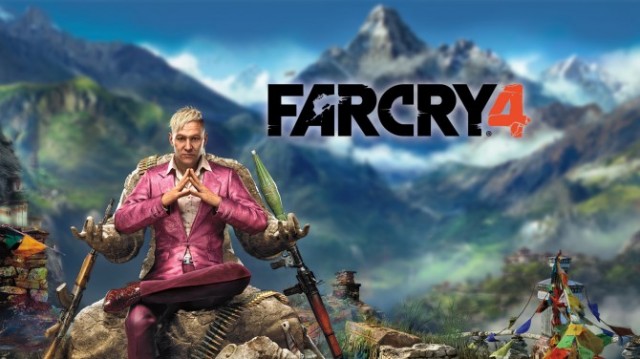
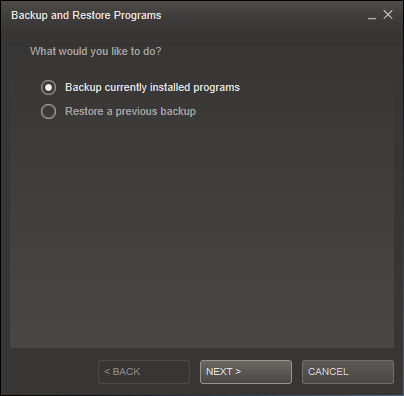

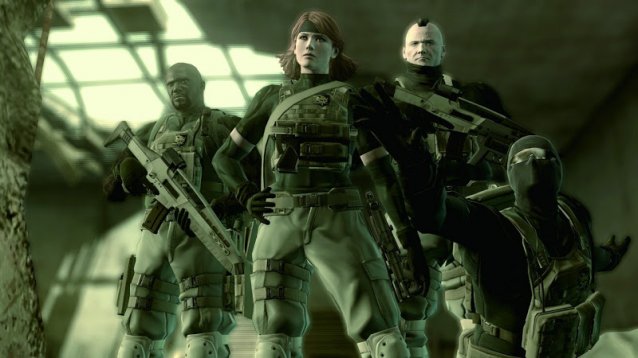 Metal Gear Solid and Gender Equality: Daughters of Liberty
Metal Gear Solid and Gender Equality: Daughters of Liberty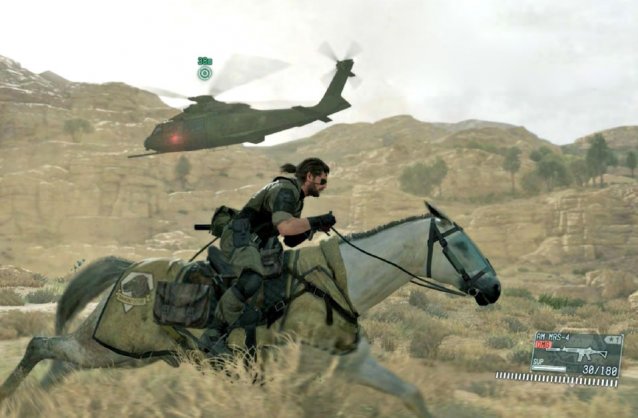 MGS V: The Phantom Pain Buddy Unlocking and Abilities Guide
MGS V: The Phantom Pain Buddy Unlocking and Abilities Guide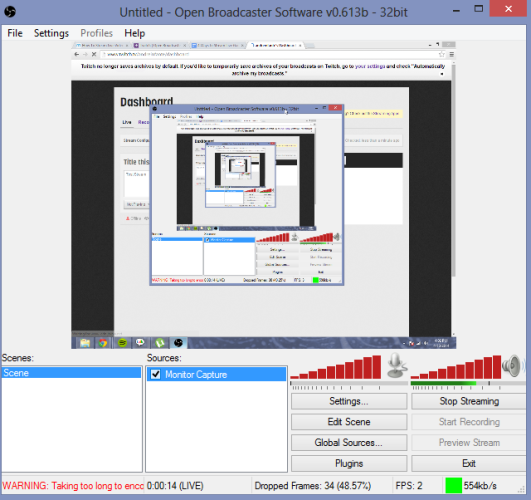 3 Ways to Stream Live Gaming Action From Your PC
3 Ways to Stream Live Gaming Action From Your PC Miss the Classic Clock in Windows 10? Here's How to Get It Back
Miss the Classic Clock in Windows 10? Here's How to Get It Back Cleaning Out The Bureau Guide In GTA V
Cleaning Out The Bureau Guide In GTA V